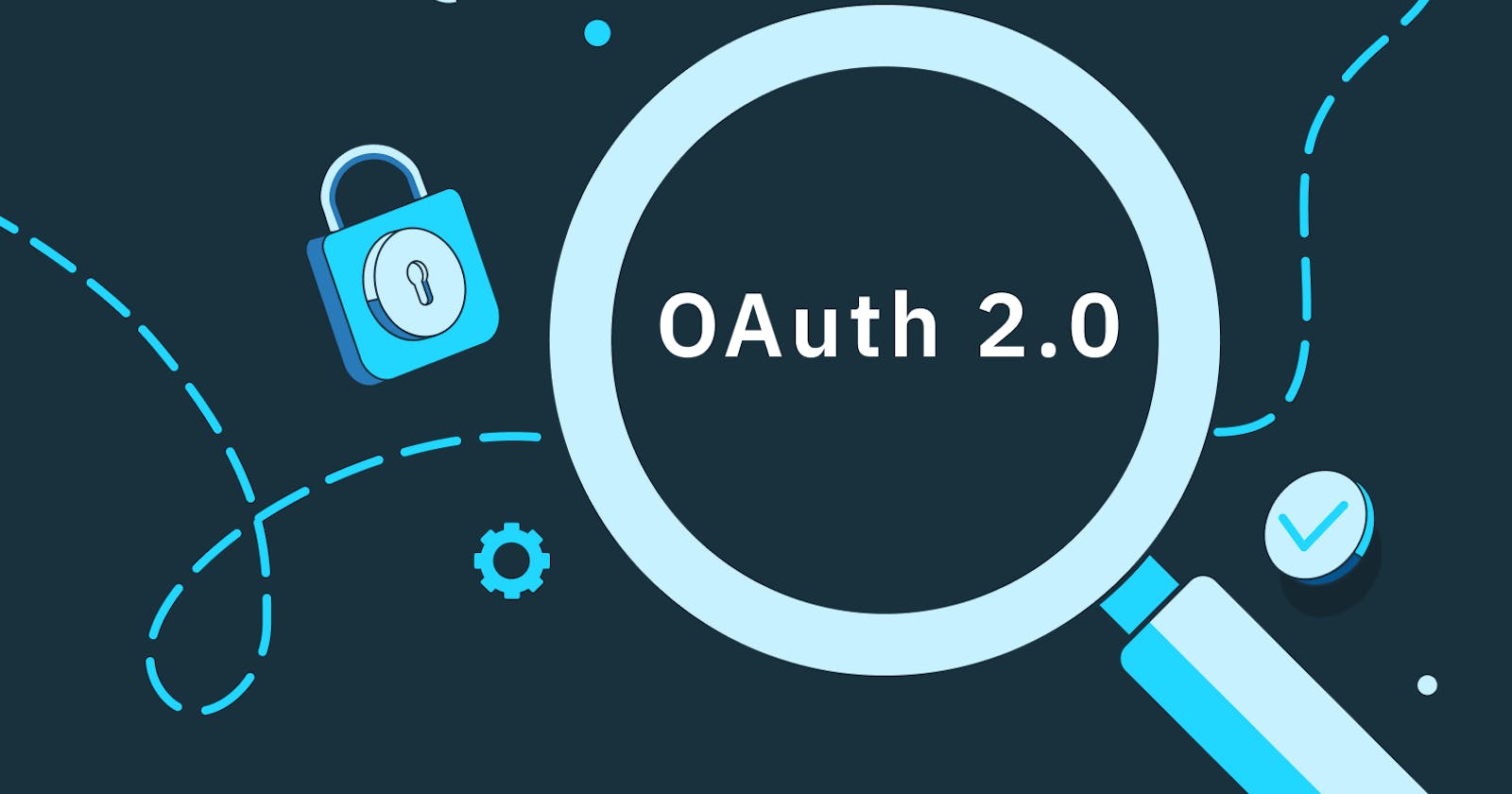Understanding OAuth 2.0 Flows
OAuth 2.0 is an authorization framework widely used for secure and delegated access to resources on the web. It defines several authorization flows, each designed for specific use cases and security requirements. In this article, we'll explore the various OAuth 2.0 flows and when to use each one.
1. Authorization Code Grant
The Authorization Code Grant is the most commonly used OAuth 2.0 flow, ideal for web applications accessing APIs on behalf of users. Here's how it works:
- User Authorization: The client redirects the user to the authorization server, where they log in and authorize the client's access request.
- Authorization Code: Upon successful authorization, the authorization server redirects the user back to the client with an authorization code.
- Token Exchange: The client exchanges the authorization code for an access token and optionally a refresh token by sending a request to the authorization server.
- Access Resource: The client uses the access token to access protected resources on behalf of the user.
2. Implicit Grant
The Implicit Grant is suitable for browser-based applications or single-page applications (SPAs) where the client-side code can't keep a client secret securely. Here's how it works:
- User Authorization: Similar to the Authorization Code Grant, the user is redirected to the authorization server for login and authorization.
- Access Token Response: Upon authorization, the authorization server redirects the user back to the client with an access token embedded in the URL fragment.
- Access Resource: The client extracts the access token from the URL fragment and uses it to access protected resources.
3. Resource Owner Password Credentials Grant
The Resource Owner Password Credentials Grant allows clients to exchange a user's username and password for an access token directly. It's suitable for trusted clients and is generally discouraged due to security concerns.
- User Credentials: The client collects the user's username and password.
- Token Request: The client sends a request to the authorization server with the user's credentials.
- Access Token Response: Upon successful authentication, the authorization server responds with an access token.
4. Client Credentials Grant
The Client Credentials Grant is used when the client is acting on its own behalf (i.e., not on behalf of a user) to access protected resources. It's commonly used for machine-to-machine communication.
- Client Authentication: The client authenticates itself to the authorization server using its client ID and client secret.
- Token Request: The client sends a request to the authorization server for an access token.
- Access Token Response: Upon successful authentication, the authorization server responds with an access token.
5. Device Authorization Grant
The Device Authorization Grant is designed for devices with limited input capabilities (e.g., smart TVs, game consoles) that can't directly input credentials.
- User Code: The client obtains a user code and verification URL from the authorization server.
- User Authorization: The user visits the verification URL and enters the user code to authorize the device.
- Token Request: Once authorized, the device requests an access token from the authorization server.
Conclusion
OAuth 2.0 provides various authorization flows tailored to different use cases and security requirements. By understanding the strengths and limitations of each OAuth 2.0 flow, developers can choose the appropriate flow for their application, ensuring secure and efficient access to protected resources on the web.
